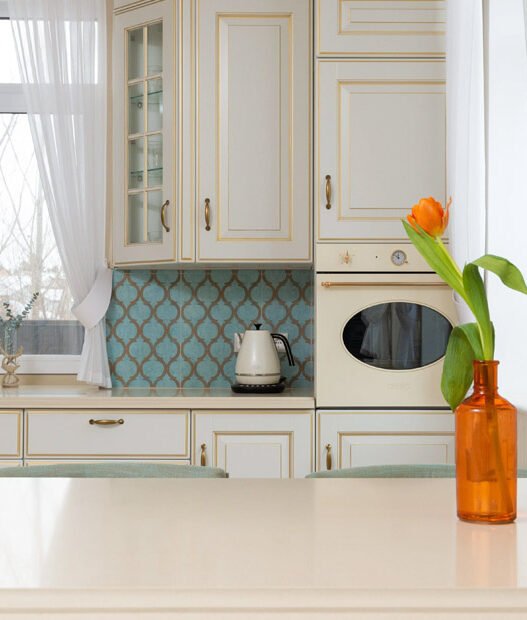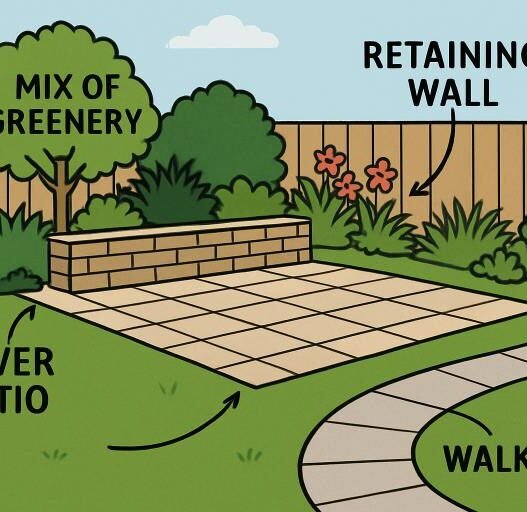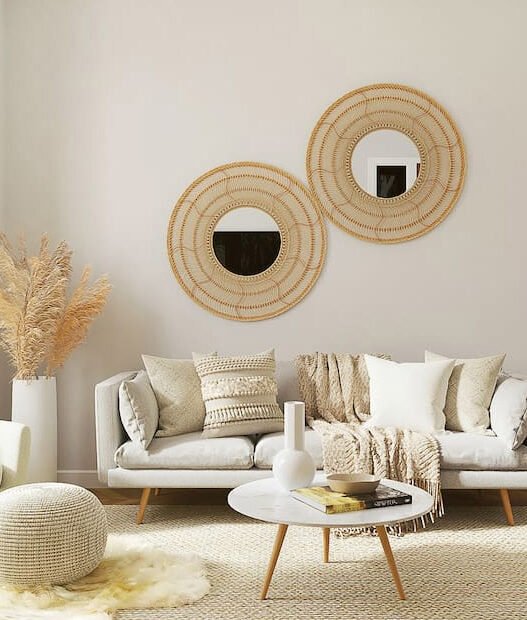In residential design, dining areas often occupy the junction of form and function. Dining areas are more than just a place to eat; they are a space for gathering, sharing stories, celebrating, entertaining, and so much more. For both homeowners and renters, a well-considered dining area can improve the overall living experience and increase the inherent value of a property. In desirable rental markets, such as San Francisco, value is particularly important to buyers and renters. More elevated and curated interiors may directly affect both value and demand. The experts of property management in San Francisco see this trend and regularly advise property owners to enhance or improve their shared spaces to meet the standards of both aesthetic and functional spaces in contemporary rental properties.
5 Dining Area Makeover Ideas That Add Value and Style

Define the Space with Furniture and Flow
Not all homes or apartments have separate dining rooms, so furniture layout is an important aspect of defining spaces in open-concept designs. You can clearly define the area with a well-sized table, rug, and purposeful placement of chairs for seating.
San Jose property management specialists have noticed that with dining rooms and similar areas, properly spaced living areas increase desirability and hence your property’s prices. When tenants see organized areas in a home, it shows an intention behind planning the space and will often equate to better overall usability. This clarity in intentions often yields a higher perceived value and, in most cases, a higher rental price.
Did you know?
As of early 2025, the median rent for a 1-bedroom apartment in San Francisco is above $3,494, and interior appeal is one of the biggest factors that affect tenant retention.
Embrace Lighting as a Centerpiece
There are many facets to design, but lighting is one of the most neglected elements. It plays a crucial role in the ambiance of a space. Within the dining segment of the living space, a striking pendant light or chandelier can be amazing. Layered lighting by incorporating sconces, floor lamps, or candles can add any desired ambiance for both casual dinners and extravagant dinners.
In addition to aesthetics, there are energy-saving properties to replace light, which today’s renters proactively look for. Property management companies can bridge the connection between beauty and sustainability by utilizing lighting upgrades as a part of a long-term property investment.
Add Texture and Color for Character
Explore the decorative opportunities that the walls in your dining room present. You can create texture and color through the use of paint, wallpaper, wainscoting, or art. Whether using earthy tones, jewel colors, or classic black-and-white combinations, colors can all build an ambiance.
For spaces with limited natural light, an effective way to make them feel brighter is to paint them lighter colors or employ mirrors. Natural and artificial light (light bulbs) will illuminate the lighter colors and create a bright, airy feeling while adding dimension and depth to the overall space by increasing size.
Another way you can accomplish this, in addition to color, is by introducing textured components (such as wood, linen, or metal) for interest and dimension to otherwise interesting minimal spaces.
Did you know?
In San Jose, the average rent for a 2-bedroom unit exceeded $3,107 in early 2025, which demonstrates the demand for well-kept and beautifully designed spaces.
Choose Multi-Functional Furniture
Flexibility is a significant trend for modern interiors. Dining tables that extend, benches with secret storage, or sideboards that double as serving stations offer both function and style. These flexible features are especially useful with small homes or apartments, where maximizing the efficiency of space is important.
Property managers can invest in multi-functional design elements in their properties or at least encourage tenants to have a flexible style to help with long-term tenant satisfaction and opportunities for reducing turnover. If a tenant’s lifestyle needs can be met, along with their level of comfort and overall aesthetic, they are more likely to remain in that space long term.
Bring the Outdoors In
Adding greenery in your dining area can freshen up the atmosphere for you and your customers and create visual interest. Plants like fiddle leaf figs, snake plants, or herbs on a windowsill are easy to care for and create a lasting impression. Natural textures, such as jute rugs and rattan chairs, bridge the gap between indoor spaces and the calm of the outdoors.
Biophilic design elements not only help to increase aesthetics, but they are also good for well-being, which people are increasingly looking for in the rental market. Dining areas that balance stylistic aspects with a sense of calm and livability will be considered more desirable to prospective renters who are looking for comfort in their homes.
End Point
Creating a dining space that is attractive, practical, and has emotional connections is not just an aesthetic choice; it is an enhancement of value. Property managers and owners can effectively increase tenant satisfaction and rental income by strategically implementing upgrades to dining rooms that are as functional as they are beautiful. Thoughtfully designed upgrades can elevate the dining room into a significant characteristic that transforms any property into a desirable and memorable home.













